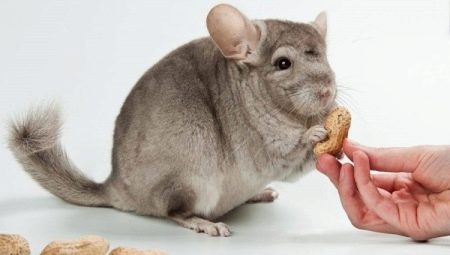Chinchilla is a friendly and beloved by many animals from the chinchilla squad. You can meet him quite rarely, however, these animals are considered very smart and playful. Proper and balanced nutrition plays a significant role in the animal’s good mood, so today we’ll talk about what it costs and should not feed the chinchilla.
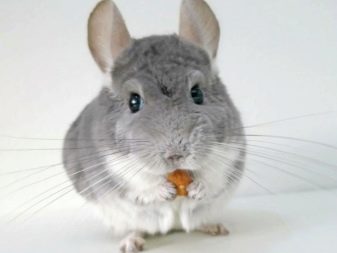
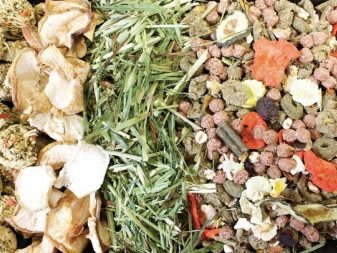
Features
In terms of nutrition, chinchilla is an exceptional vegetarian - the entire diet of the animal consists of plant foods. This pet is extremely picky about the quality of the food, prone to selectively dividing it into tasty or tasteless. Food for this animal should consist exclusively of fresh, full of vitamins and minerals food. No mold or musty odor should be present. Grass for feeding animals is going exclusively in environmentally friendly places, far from factories, factories and the roadway.
Feeding of adult individuals is carried out only once a day in the evening, young individuals - up to 2-3 times. The food feeder should be large, comfortable, wherever the animal could easily have access.
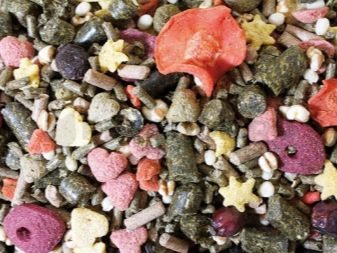
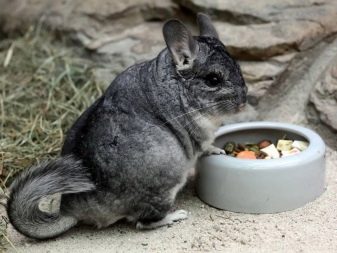
When feeding chinchillas, it is worth monitoring the amount of food provided. Not only do these animals have no idea of a sense of proportion, but they still have a very capricious and weak digestive system, which can be damaged by overeating.
Particular attention should be paid to the processing of fruits and vegetables before serving them to the animal. Each fruit should be thoroughly washed with filtered water and dried.. Then cut into small slices so that the animal can easily nibble them.After the animal has been fed, immediately clear the cage of residues so that the products do not deteriorate and harm the hungry animal in the future.
Some breeders prefer to give young chinchillas exclusively compound feed for bone formation and strength gain. Also, feed is often given in the cold seasons when it is not possible to purchase fresh hay.
So that the animal then gets used to greens and juicy food, it is worth starting first with small portions, increasing them every day.
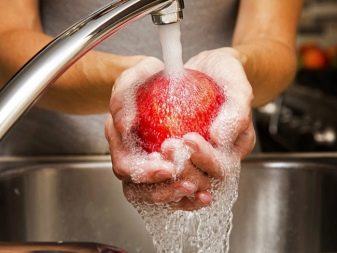

The approximate diet of an adult chinchilla per day should be as follows:
- 2-3 teaspoons of feed;
- 5-10 grams of fresh green food;
- 30-40 grams of hay;
- additional products in the form of feed - up to 7 grams;
- water - in unlimited quantities.


Stern
You should understand the composition of the feed, which will have a beneficial effect on the body of your pet. Each composition must contain the nutrients and minerals necessary for a healthy animal.
The secret to feeding chinchillas is that the feed should be not so much varied (you can’t give the animal the same food all the time), but balanced.
You must strictly monitor the percentage of nutrients in the mixture.

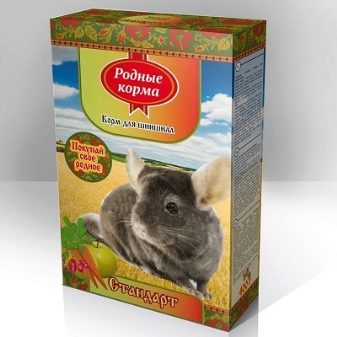
The safest option for feeding chinchillas is to make feed yourself. Only in this case will you be completely sure of what it contains. In addition, even despite its apparent usefulness, the feed should be balanced and take into account the percentage of proteins and carbohydrates. The approximate ratio should be approximately as follows: up to 20% of proteins (herbs and grains), 4-5% of fats (nuts, seeds of plants), up to 55% of carbohydrates (legumes), and fiber is necessary - 15% (hay).
In total, such food consists of cereal crops and crushed plants. If you wish, a little pamper your pet or diversify its diet. It is permissible to add seeds, nuts, dried fruits, and special vitamins in strictly limited quantities.
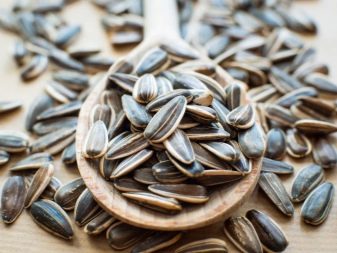
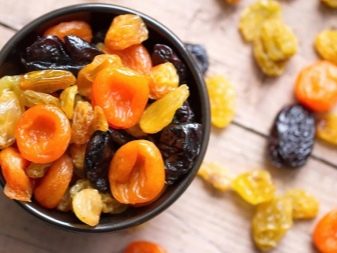
To prepare this food, you will need the following ingredients:
- independently dried dried fruits - apples, raisins, pears, carrots;
- corn grains passed through a coffee grinder;
- a small proportion of nuts and seeds;
- vitamins and supplements to enhance the health of the pet;
- legumes (beans, peas);
- Grains of wheat, barley or oats will be a good help.
Products should not be stagnant and covered with fungus, mold. There are frequent cases when chinchillas refuse to eat food, preferring only certain tidbits. In this case, you can prepare special granules for the animal. To make the mixture homogeneous, the solid elements are crushed in a blender or coffee grinder, then mixed and passed through a meat grinder with a nozzle for minced meat. Granules are separated from each other, laid out on a baking sheet and placed in a warm place where they are dried.

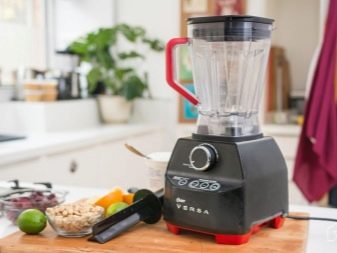
In the cold seasons, chinchillas urgently need variety in food, at the same time, it should be as filled as possible with vitamins and minerals. An ideal option would be to alternately serve vegetables and fruits while preserving hay and protein in the diet.
As for the weight and quantity of fruits in food, they should be no more than 25 grams per day, that is, this is about one small piece of pear, a circle of carrots or a slice of apple. If you do not have fresh fruits, you can add dried fruits to the diet, it will be even better. In summer and late spring, it is worth gradually introducing green and cereal feed into the diet.
Do not immediately transplant the animal from granules and fruits to grass hay, this process should be gradual
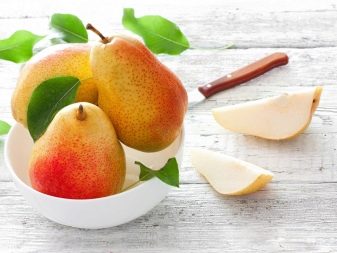

Do they eat hay?
For animals like chinchilla, hay is part of a regular and vital diet. In addition, grass hay cushions and bedding will be the best place to relax for your pet.
In the grass hay there is an essential fiber for chinchillas (obtained from hard and fibrous herbs), which is responsible for the digestion process. Without the required amount of fiber, processes in the long intestine are inhibited, which can lead to stagnation during digestion. This process, with a negligent attitude to caring for animals, often leads to fatal consequences.
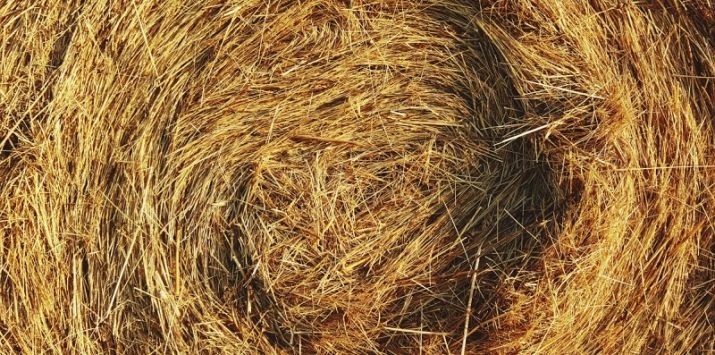
Chinchilla breeders distinguish only two types of suitable hay for them: ordinary grass hay and alfalfa hay. The difference between these species is significant - in fresh alfalfa there are more calories and protein. Such hay is usually given to young chinchillas or pregnant / lactating females to maintain and restore strength. Meanwhile, a quality grass village is much more beneficial for the animal’s teeth. Both types of hay can be purchased at your local pet store. Contact only trusted sellers who intentionally grow hay for animals, rather than picking it from the nearest meadow.
In the natural environment, most of the chinchilla diet consists of hay, the rest is fruits, vegetables, and some roots. When compiling their diet, adhere to the following percentage: 80-85% of hay, 10-12% of granules and 2% of fruits and vegetables. It is in this form that the feed will be as close as possible to the natural diet, and therefore, as useful as possible.

Tips for choosing and harvesting hay.
- When haymaking on your own, carefully make sure that it does not lose varieties of plants and poisonous herbs / roots that are dangerous for the animal. Particular attention should be paid to horsetail, the "crow's eye" and buttercup. Even the smallest dose of these plants can lead to the death of your animal.
- After buying hay in the store or with your hands, be sure to warm it at home in a microwave or oven at minimum temperature or power. So you save hay from bacteria, fungi and parasites.
- Sure signs of good hay: a fresh look, lack of mold, a pleasant, herbal smell, without any impurities, a healthy color (light green, green or pale green depending on the grass). Despite the freshness, the hay should be dried and not wet at all, as this is a sign that it has begun to rot.
- There is a practice of buying special pressed pellets instead of natural hay. It is believed that they contain everything necessary for the healthy functioning of the animal’s body. The choice of such granules should be treated with extreme caution - sellers often like to add dust and slivers to their composition for weight gain, but you can not verify their composition.
- Before feeding hay, the animal should look at it for the absence of ordinary thorns and finally dead stems.


The most suitable hay for chinchillas - with the content of legumes, for example, alfalfa, vetch, clover. It is best absorbed and contains a lot of elements necessary for the animal: protein, phosphorus, calcium. Such hay should be harvested at the time of the formation of the very first full-fledged buds in a plant. Old and already faded plants contain half as little beneficial substances for chinchilla.
A good substitute for legumes will be varieties of cereal hay. These include plants such as the common timothy grass, fescue, meadow bluegrass, and the combined hedgehog. In this case, the hay should contain several herbs at once. But they contain far less nutrients. Chinchilla periodically needs to replace the diet and add new food to it. It is not worth feeding the same animal with the same grass or hay all year round.
Hay harvesting is undesirable in areas where the following herbs grow: dope, bleached, cornflower, euphorbia, fern.
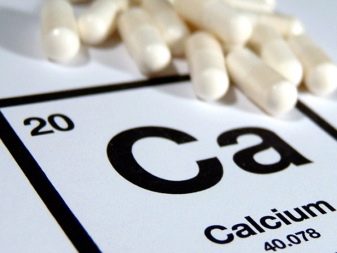
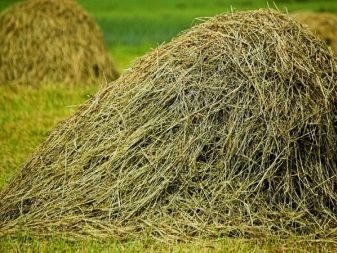
Do berries and nuts eat?
Chinchillas are incredible foodies, especially when it comes to nuts and berries. The key problem of these products is that they need to be given in strictly limited quantities. Some berries - no more than 1 time per week. Nuts contain a huge amount of fat, which is harmful to any animal, especially this concerns chinchillas. Particular attention should be paid to the number of nuts in the diet such as almonds, peanuts, hazelnuts, and walnuts. They should serve as additional food for the animal and provide it with the necessary proteins and fats, but should not be the main diet of the animal. In total, this should be no more than 2 nuts per week.
The same applies to the inclusion of berries in the diet of an animal. As a rule, they are used as sweets or when some vitamins are missing in the animal’s body. In this case, you can give the animal 1-2 berries per week (wild rose or viburnum). This item does not apply to berries such as cherries and cherries, which are too acidic for chinchillas and can only be eaten dried. Famous sweets for chinchillas - figs, raspberries, strawberries.
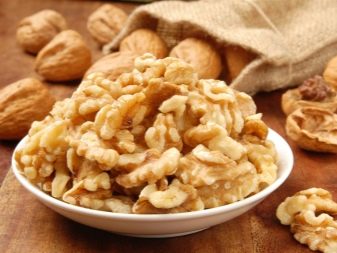

Vegetables and fruits
The addition of vegetables and fruits to the diet of an animal should also be treated with caution. It should be said right away that most fruits and vegetables are preferable for chinchillas in dried form (except for carrots), since too juicy and fresh foods can lead to an upset of their intestines.
List of vegetables that should be regularly added to the diet of the animal:
- cauliflower and brussels sprouts, broccoli;
- carrot;
- cucumbers
- chicory;
- dill, parsley, spinach, mint;
- turnip and radish;
- spinach;
- zucchini;
- green beans.


List of fruits suitable for feeding chinchilla:
- banana;
- apples
- pineapples
- apricots and dried apricots;
- melon;
- pears
- papaya;
- mango.
All these fruits should be included in the menu as a dessert, and not make up more than half the diet.
Vegetables such as cabbage, parsley or celery, because of the high calcium content, are extremely rare to include in the diet. It is better to refrain from adding citrus fruits (orange, lemon and mandarin).
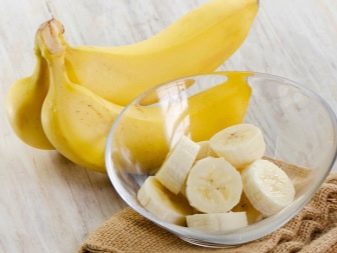
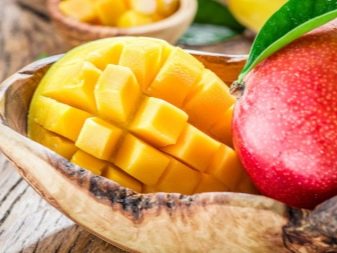
Other goodies
Not all chinchilla products are necessarily harmful and worthless. There are many nutritional and essential natural supplements, which will be discussed below. The clear advantage of all these herbs and berries is that they can be harvested on their own.
- Corn harmful to chinchillas only in excess. 2-3 grains per day, and the food of your animal will be enriched with potassium, magnesium and calcium.
- Consumption carrots favorably affects the cardiovascular system, improves eyesight, gives the animal’s fur coat a pleasant natural shine.
- Chinchillas are very fond of viburnum and plantain - These plants have a positive effect on the digestive tract. But they should be included in the diet very carefully - no more than 1 thing (or 1 leaf) 1-2 times a week.
- Meadow clover It has a good anti-inflammatory effect, is given in 2 pieces no more than 1 time per week.
- Twigs of weeping willow contain a huge amount of vitamin C, but with a dosage also do not overdo it - it is permissible to give the animal no more than 1 small branch once a week.
- At rose hips many different useful properties, so it should also be added to the diet 1 time per week, 1 trick.
Remember that if the animal is sick, self-medication is not recommended. Ask your veterinarian before adding a new plant or fruit to your diet.

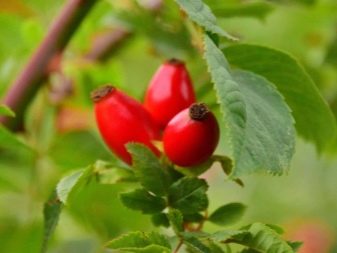
Water
When growing chinchillas at home, especially without any particular experience, it is worth paying attention to such a factor as regular drinking. For chinchillas nothing will be more useful than ordinary disinfected water with a minimum amount of chlorine. It is easy to understand that such water will be difficult to obtain from an ordinary tap. That is why Before serving the water, it must be properly defended, and then boiled to get rid of all harmful salts.
Absolutely all digestion processes in the body of the animal pass only if there is a sufficient amount of fluid.This is especially true for young individuals who are only gaining strength. Over time, the need for a large amount of moisture disappears, with the right diet, the chinchilla will learn how to get all the necessary water from the products that the owner offers.
If you do not want to worry about preparing water for chinchillas, you can buy in a store special filtered bottled water. There is no place in it for chlorine, nor salts, or bacteria. However, you should not buy mineral water or soda, nothing good for the animal from such water will be.
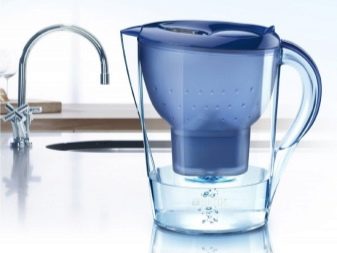
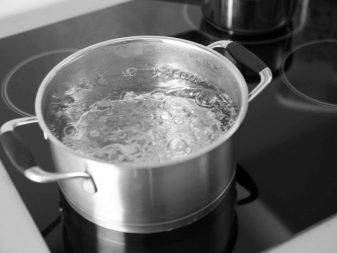
A big problem with water supply is its constant pollution by animals, which is why immediately cross out any containers and feeders. The best drinkers are plastic vertical nipple drinkers that let water in when you press a special ball. Be sure to show your animal how to supply water several times, and in the future the pet will do everything on its own.
Do not leave water in the drinker, which is already more than two days, it definitely doesn’t affect the body of the chinchilla. Water should be at room temperature - from 18 to 22 degrees Celsius. Always ensure that the animal has free access to fresh clean water.
With a lack of fluid, the animal will refuse dry food and may simply die of starvation.
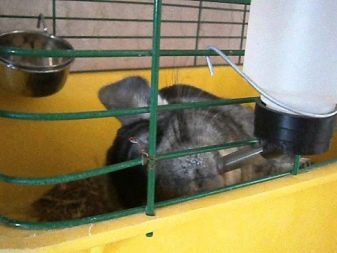
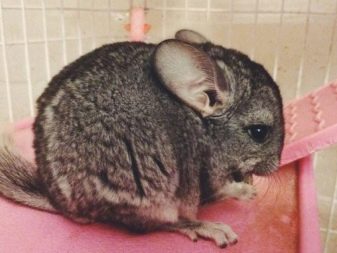
What can not be fed?
There are a number of products that are not recommended to be given to chinchillas under any circumstances. These animals have an extremely sensitive digestive system, adapted only to strictly defined food. Garlic, onions, sprouted and raw potatoes, peppers (spicy varieties), legumes, tomatoes, salad leaves are contraindicated.
Corn, for example, bloating is likely to cause bloating, which is extremely dangerous for chinchillas. Tomatoes have extremely high acidity, which the chinchilla’s body will simply not be able to digest.
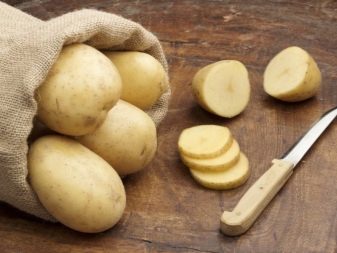
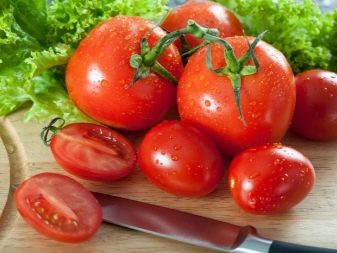
Avocado (given the huge fat content, this fruit is harmful to so many pets), lemons, grapefruits, oranges - Each of these products also has a high level of acidity. Peanuts, corn, hazelnuts, almonds, beans and beans - all this is given in strictly limited quantities.
Sweets are also prohibited - chocolate, high-sugar foods, sweets, rolls. Sugar has a detrimental effect on the body of any animal, and chinchilla is no exception.


Chinchillas are animals that prefer strictly vegetarian food. Buy only plant foods for them. Any product containing meat or milk can lead to serious problems with the intestines and eventually death.
Contrary to popular belief, chinchillas should also not be given bakery products, as well as other flour products, the same applies to pasta, cereals. In no case do not give fried, boiled, pickled or salty foods. This will surely lead to the death of your pet. Other foods that are harmful to chinchillas: popcorn, regular human food, chips, eggs, mushrooms. Even for fun and in minimal quantities, none of this is highly recommended.
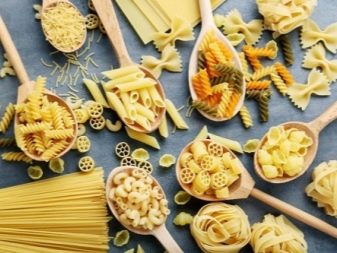
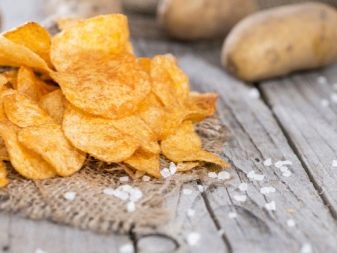
All products described above are harmful to your pet. They are rich in fats and harmful acids, from which the animal may develop obesity or problems with the intestines. It often happens that it is harmful products that become real treats for chinchillas. In this case, do not indulge the desires of your pet, you need to uncompromisingly cross out all these products from his diet.
If you like to let the chinchilla walk around the apartment, do not forget to remove all the house plants from the room. Eating domestic flowers such as azalea, begonia, ficus and oleander can lead to the death of the animal. These plants are extremely toxic to chinchillas.


See how to feed chinchillas in the next video.
